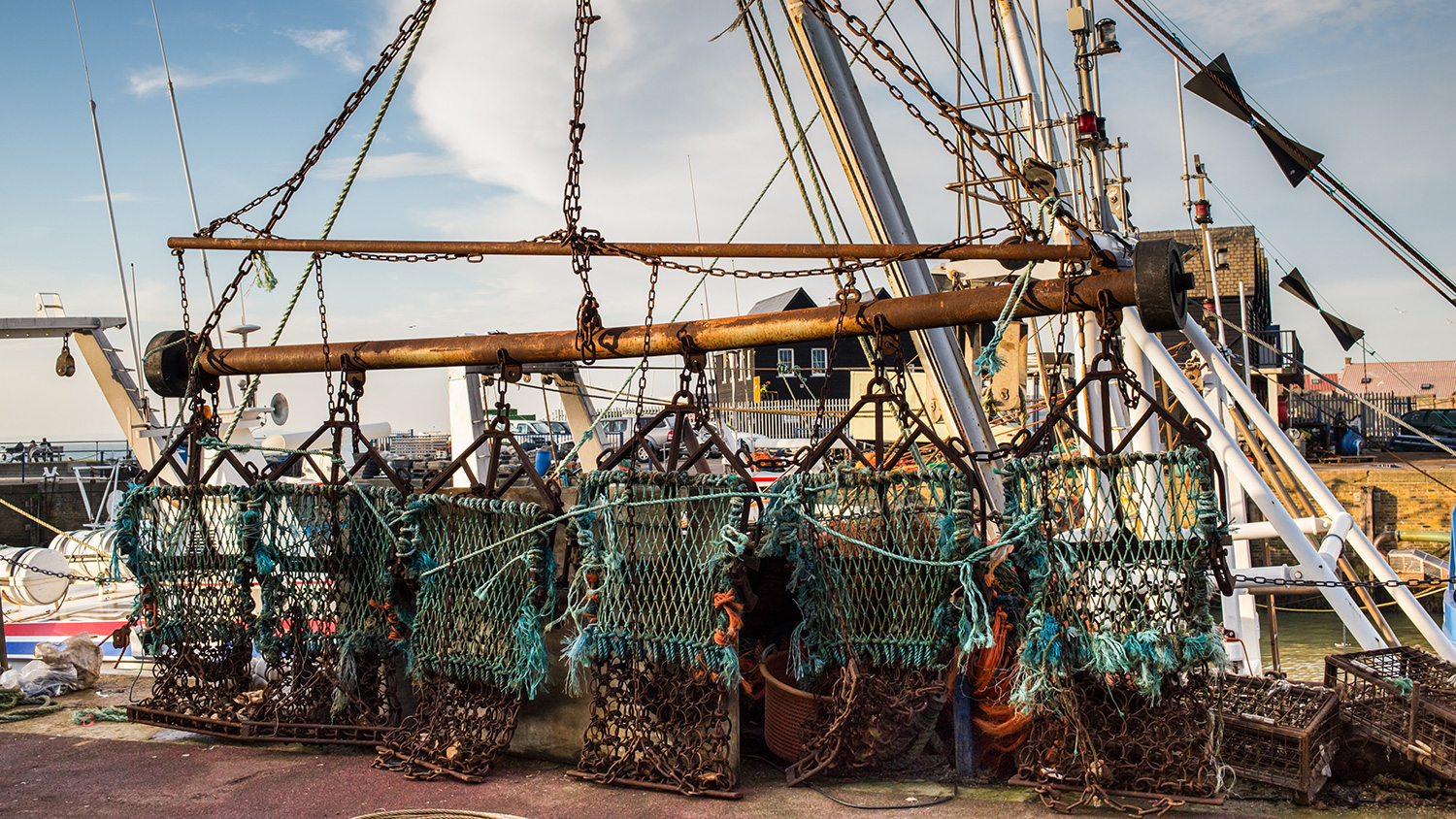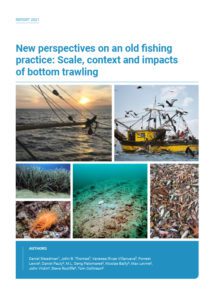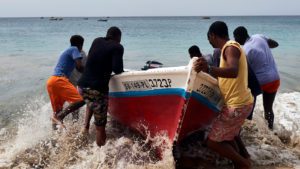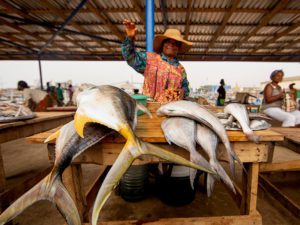A new report by leading fisheries experts shares novel analysis on the scale, context, and impacts of the age-old fishing practice of bottom trawling. The report shares new data and analysis combined with policy recommendations to inspire constructive action around this controversial practice.

Photo: iStock/CBCK-christine
A new report by leading fisheries experts found that over 99 percent of bottom trawling worldwide occurs inside the Exclusive Economic Zones of coastal nations—with much of the effort focused within just 12 miles of shore—posing risks to critical habitats and traditional, small-scale, artisanal fishing operations. As the only globally significant fishing practice that requires sustained contact with the seabed, bottom trawling has a uniquely high impact, one that can drive habitat destruction, coastal conflict and major fuel-related carbon emissions.
Co-author of the report, John Thomas of CEA Consulting said, “The cumulative impact of bottom trawling on nearly every factor of concern for marine biodiversity–as assessed by academics, the fishing industry, fisheries managers, and NGOs—is the highest of any fishing gear type.”
This report was authored by teams from Fauna & Flora International, CEA Consulting, Sea Around Us, Duke University, and Blue Ventures. Funding for this report was provided by Oceans 5, Oak Foundation, and Oceankind.
Key Findings
- Foreign trawlers frequently operate in West Africa and Southeast Asia. Because these places tend to lack effective fisheries management and enforcement regimes, the scale of impact is likely greater than available figures suggest. Seven of the top 10 nations by catch tonnage are located in Asia, including China, Vietnam, Indonesia, India are the top five bottom trawling countries, as measured by average catch over the most recent decade for which there is complete data (2007–2016). Top 20 includes the UK, USA and New Zealand.
- China alone catches 15 percent of the total bottom trawled catch.
- 50 percent of all bottom trawled fish is caught in the EEZs of Asia or by the foreign fleets of Asian countries.
- Distant water fishing fleets catch 22 percent of all the fish caught by bottom trawlers in EEZs. These fleets are predominantly of Asian or European origin and primarily fish in the waters of Africa and Oceania.
- Bottom trawling contributes to greenhouse gas emissions through its high fuel use and the disturbance of carbon-containing sediments on the seafloor. Novel, early-stage research on the disturbance of sediments caused by bottom trawling suggests it could contribute up to 1.46 Gt CO2-eq in annual emissions, a level of emissions that would put it on par with the aviation sector.
Policy Recommendations
The report’s policy recommendations were developed in consultation with 40 global experts with an eye toward transforming the status quo through constructive action. The recommendations are organized under the acronym “TRANSFORM”:
- Transition the system: Bottom trawling supports a set of complex, distinct food and non-food commodity systems that are globally interconnected. Solutions must consider broader dynamics—such as broad social changes in fishing culture, the rise of the global seafood trade, and food consumption patterns—in order to avoid unintended consequences. Solutions to manage or limit bottom trawling should not be viewed in isolation by policymakers, fishery managers, NGOs, or communities.
- Respect human rights: To catalyze meaningful improvement in bottom trawl fisheries requires a human-centered approach. This means respecting both the civil and political rights, as well as the economic, social and cultural rights of those working in and affected by such fisheries. Bottom trawl fisheries—and policy changes relating to them—must abide by a minimum standard of “do no harm.” More baseline research into socio-economic impacts and possible solutions (especially distributional impacts) should accompany these efforts.
- Accelerate the transition to best practices: Modern management practices—from gear innovation to enhanced observer coverage—have dramatically improved the performance of some bottom trawl fisheries, particularly in stabilizing overexploited stocks, increasing selectivity, and reducing seabed pressure especially in vulnerable marine ecosystems. Urgent efforts are needed to export these practices to regions that require them most, particularly in low and middle-income countries in the tropics.
- Negotiate political action: Decision-makers must recognize the unique biodiversity, climate and social conflict challenges associated with bottom trawling and legislate for it as a special case—both through national policies and international standards and agreements. As well as making bold, gear-specific policy decisions, this should also include acknowledging the significant investments and trade-offs needed to adequately resource any transition away from bottom trawling.
- Stop harmful subsidies: Definitions of “harmful” subsidies must include those accessed by specific fisheries using the highest impact practices, including bottom trawl fisheries. Conversely, subsidies supporting transition out of (or to improve) practices such as bottom trawling should be considered “beneficial.”
- Freeze the footprint: Given the multitude of unresolved challenges around bottom trawling—at global and local levels—any new or expanded fisheries should be regarded as politically, socially, environmentally, and economically inappropriate.
- Open up dialogue: Discourses around bottom trawling from the fisheries and conservation sectors do not tend to emphasize common ground. Bold alliances and painful but necessary compromise are needed to meet the twin climate and biodiversity crises, including between sectors with different material interests.
- Restrict appropriately: Ecologically and culturally sensitive areas must be protected from bottom trawling through a coherent area-based approach to such fisheries, encompassing inshore and offshore exclusion zones as well as all classifications of marine protected areas (MPAs).
- Monitor impact to support adaptive management: While all best-practice fisheries require significant volumes of real-time information, bottom trawling management (with its reliance on expensive and complex seabed sensitivity data) necessitates robust, collaboratively funded research. As well as near-term management-focused monitoring, special attention should be directed to emerging areas of trawling research, especially life cycle analysis and carbon emissions arising from seabed disturbance.




